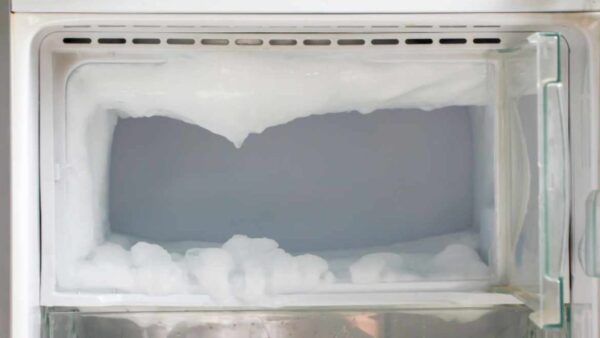Lifestyle
7 uses of ice other than adding them in drinks

Ice is a staple in beverages, providing essential cooling and enhancing the drinking experience.
It not only chills drinks to a refreshing temperature but also helps maintain that chill over time. In cocktails, ice is crucial for proper dilution, balancing flavours, and achieving the ideal consistency.
Beyond beverages, ice serves versatile purposes in the kitchen, such as quickly cooling hot foods, reviving wilted vegetables, removing excess fat from soups, keeping dips chilled, easing the peeling of fruits and vegetables, maintaining seafood freshness, and cleaning blender blades.
Its multifaceted uses make ice an indispensable tool in both cooking and food preparation.
From food preparation to preservation and even cleaning, here are 7 ingenious ways to use ice in the kitchen that might surprise you.
1. Quickly chill foods
When you’re in a rush and need to cool down hot foods or liquids, ice can be a lifesaver. For instance, if you’ve just made a big pot of soup or stew and need to store it quickly, an ice bath can rapidly reduce the temperature. Fill a large bowl or your sink with ice and a little water, then place the pot inside. Stir occasionally to speed up the cooling process. This method helps to bring the food down to a safe temperature, reducing the risk of bacterial growth.
2. Remove excess fat from soups and stews
Ice cubes can help you remove excess fat from your soups, stews, and sauces. If you notice a layer of fat floating on top, wrap a few ice cubes in a paper towel or cheesecloth and skim them over the surface. The fat will congeal and stick to the cold surface, making it easy to lift out. This technique is a quick and effective way to create a healthier dish.
3. Keep dips and sauces chilled
During parties or gatherings, keeping dips and sauces cool can be a challenge. Create an ice-filled bowl to nestle smaller bowls of your dips and sauces. This setup ensures that your accompaniments stay fresh and safe to eat for extended periods, especially when served outdoors or in warm environments.
4. Peel fruits and vegetables with ease
Blanching vegetables and fruits is a common method to ease peeling, and ice is integral to this process. After briefly boiling tomatoes, peaches, or other fruits and vegetables, transfer them to an ice bath. The sudden temperature change causes the skins to loosen, making them easy to peel off. This method is particularly useful for preparing large quantities quickly.
5. Maintain the freshness of fish and seafood
Fresh fish and seafood are best kept cold until they are ready to be cooked. Store them on a bed of ice in the refrigerator to maintain optimal freshness and prevent spoilage. Ensure the ice is properly drained to avoid waterlogging, which can affect the texture and flavour of the seafood. This technique is crucial for preserving the quality of delicate items like oysters and shrimp.
6. Clean and sharpen blender blades
Ice can help maintain and clean your blender’s blades. To clean stubborn residue, add some ice cubes, a little water, and a drop of dish soap to the blender. Blend on high for a minute. The ice helps dislodge stuck-on particles and sharpens the blades as it crushes. Rinse thoroughly afterwards to ensure no soap residue remains.
7. Revive wilted vegetables
Wilted greens and vegetables can be rejuvenated with a simple ice water bath. When your lettuce, spinach, or herbs start to look a bit limp, place them in a bowl of iced water for about 15-20 minutes. The cold water rehydrates the cells in the vegetables, restoring their crispness and making them look fresh again.










